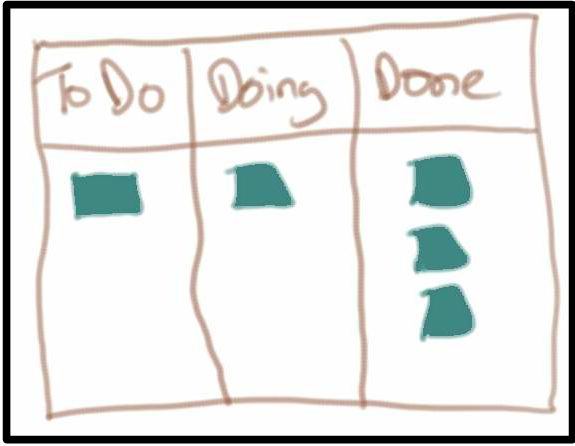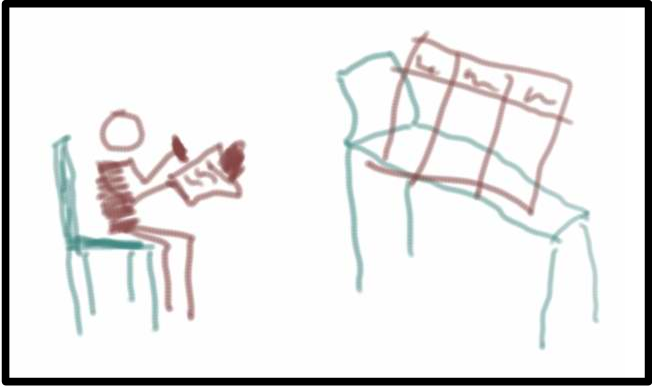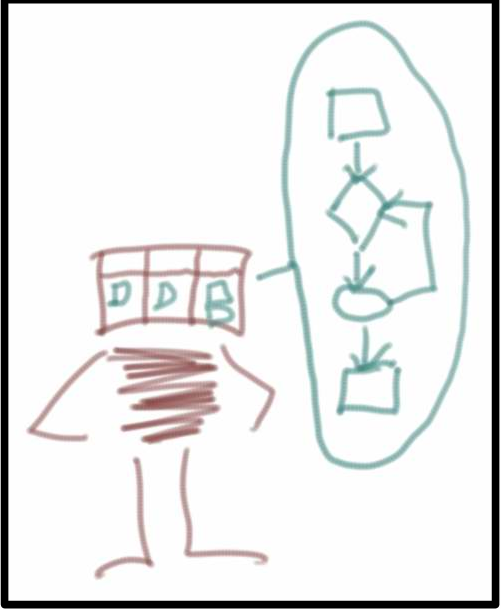Catherine Walker has asked if ‘…professional designation edges the Kanban community towards the Complicated domain…’ in a recent post. On a slightly different tangent, I think that aspects of Kanban sit in each of the Simple, Complicated and Complex Cynefin domains and the complicated aspects are the ones that could be used for certification purposes if needed.
Here is an explanation using a Kanban board as a simplistic example – of course, Kanban is much more than a board…..
 Simple Domain – Simple Board
Simple Domain – Simple Board
Setting up a board to visualise the work is easy – anyone can put up 3 columns and place work items into ‘to do’, ‘doing’ or ‘done’. This puts it into the simple domain.
 Psychology of the Board
Psychology of the Board
Understanding the reasons why visualising the work on a Kanban board helps us in many human ways takes education and expertise. Thus it belongs mostly in the complicated domain. This is an example of an area that could focus on certification – where patterns have stabilised and outcomes are predictable.
 Board Informing Work
Board Informing Work
One of the most powerful things about the simple Kanban board is how it can show us ways that the work is flowing (or not) so that we can improve the ways we work. What the board will show us will be different for each context that it is used in and thus sits in the complex domain.

A fantastic post; I love how you’ve grown the board and the way it’s used as you’ve approached the complex space. This completely matches my experience of how people begin to adopt Kanban too; starting with a very simple board, then learning to change and use it more and more effectively.
One domain that isn’t covered by this is the chaotic domain; the domain of urgency and action. Of course, all we need for that is an “expedite” swimlane – Kanban can even work in chaos too!
Thank you for your thoughts Liz . I was wondering about how it would work in Chaos and you have captured it beautifully.
Now all that is left is the domain of Disorder – perhaps that is when we cannot yet see where to start and decide to use a board. Or maybe those times when the sticky-notes fall off 🙂
This is fab – thank you both. Kim, I really like your examples, especially the idea that simplistic ‘just a taskboard’ Kanban risks tipping over the cliff edge into chaos – into a situation that the board alone can’t help to manage.
And Liz, that’s a brilliant insight about chaos and the expedite swimlane. So the reason we need slack is so the system can adapt to handle chaos ….. I really like that.
Disorder happens when you don’t know which domain is dominant, so you behave according to whichever domain you prefer (complex, for me and most devs).
I suspect you can’t tell which domain you’re in unless you can see how your work is flowing. So, no Kanban board (or similar) is disordered.
Great post inspired a response here: http://cognitive-edge.com/blog/entry/5908/objects-of-desire/